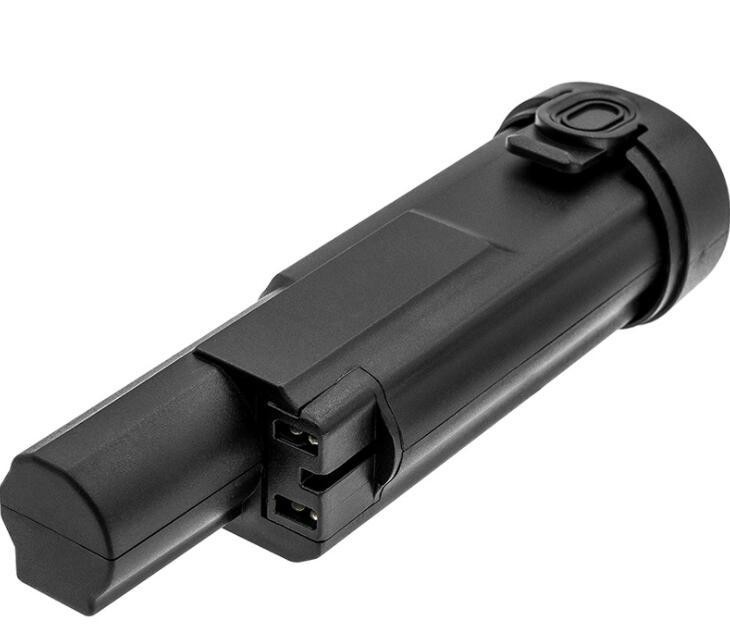The intelligent robot lithium battery is really a kind of high-efficiency, portable, lightweight, and sufficient large-capacity lithium battery pack designed for machines. The main reason is that the requirements for the instantaneous current at startup are relatively large, and the requirements for the continuous operation time of the battery are relatively high.
In order to better enable intelligent robots to work efficiently under certain environmental conditions, intelligent robot lithium batteries are generally equipped with a power management information system (BMS). In view of the fact that the raw materials of the lithium battery itself determine that it cannot be overcharged, overcharged, overcurrent, short-circuited, and ultra-high temperature charging and discharging, the lithium battery components will always appear with a delicate lithium battery protection board to prevent accidents. When the temperature of the battery itself reaches the range of 70±5℃ due to other abnormal problems, the temperature switch will act to carry out temperature protection, and the temperature switch will automatically recover when the temperature drops.
Intelligent robot lithium battery storage charge: 50%~60%, humidity range: 60±15%R.H; storage temperature: less than one month: -20~60℃; less than 6 months: -20~30℃.

Types of smart robot batteries
1. Intelligent robot using lithium-ion battery
Intelligent robot batteries generally choose lithium-ion batteries for intelligent service robots, intelligent robots for leisure and entertainment sports games, or special-purpose intelligent robots such as expedition explosives. First of all, these intelligent robots are not sensitive to the cost of battery selection. At the same time, it is stipulated that the battery is relatively light, the capacity is relatively large, and it can supply large current discharge, and it must be safe to ensure long service life. Then the soft pack lithium-ion battery is a more suitable choice. There are two types of soft-packed lithium-ion batteries: soft-packed polymer lithium batteries and soft-packed lithium iron phosphate batteries. For these two kinds of lithium batteries, polymer lithium batteries require energy density (capacity), high-current discharge, and low-temperature performance. It is more superior to lithium iron phosphate battery, so it is used more in some competitive game intelligent robots and special purpose intelligent robot industries, while lithium iron phosphate batteries are used more in the AI service robot industry or the large-scale intelligent robot industry in industrial production. Since AI service robots such as catering management service intelligent robots and Bank of China lobby intelligent robots do not need batteries to supply high current discharge and low-temperature performance, they pay more attention to the use of battery life, so the iron-lithium battery just meets the requirements of this aspect. .
2. NiMH Smart Robot Battery
Smart robots that use nickel-metal hydride batteries as power sources are generally low-end toy robots. Because this kind of intelligent robots is not expensive at first, they have to limit their manufacturing costs. In terms of battery prices, nickel-metal hydride batteries are better. s Choice. Toy intelligent robots also do not need large capacity and large current discharge, and the requirements for safety regulations are relatively high. Ni-MH batteries just meet the requirements of this aspect.
3. Intelligent robots for selecting lead-acid batteries
Intelligent robots that choose lead-acid batteries are basically intelligent robots that do not need to move. Because lead-acid batteries are very bulky, it is very inconvenient to install on a movable intelligent robot. Lead-acid batteries are generally used for backup power supplies. In addition, their installation and application costs are relatively low, their monomer consistency is relatively good, and their development history is relatively long. The technology of lithium batteries is relatively mature, so it has certain advantages in industrial production and application. . However, in view of its relatively serious environmental pollution hazards and not conducive to the requirements of ecological civilization construction, it is gradually being replaced by lithium iron phosphate batteries at this stage.








